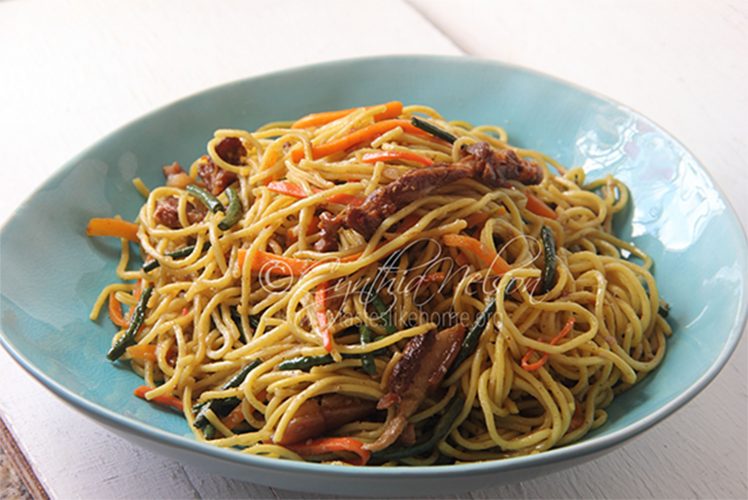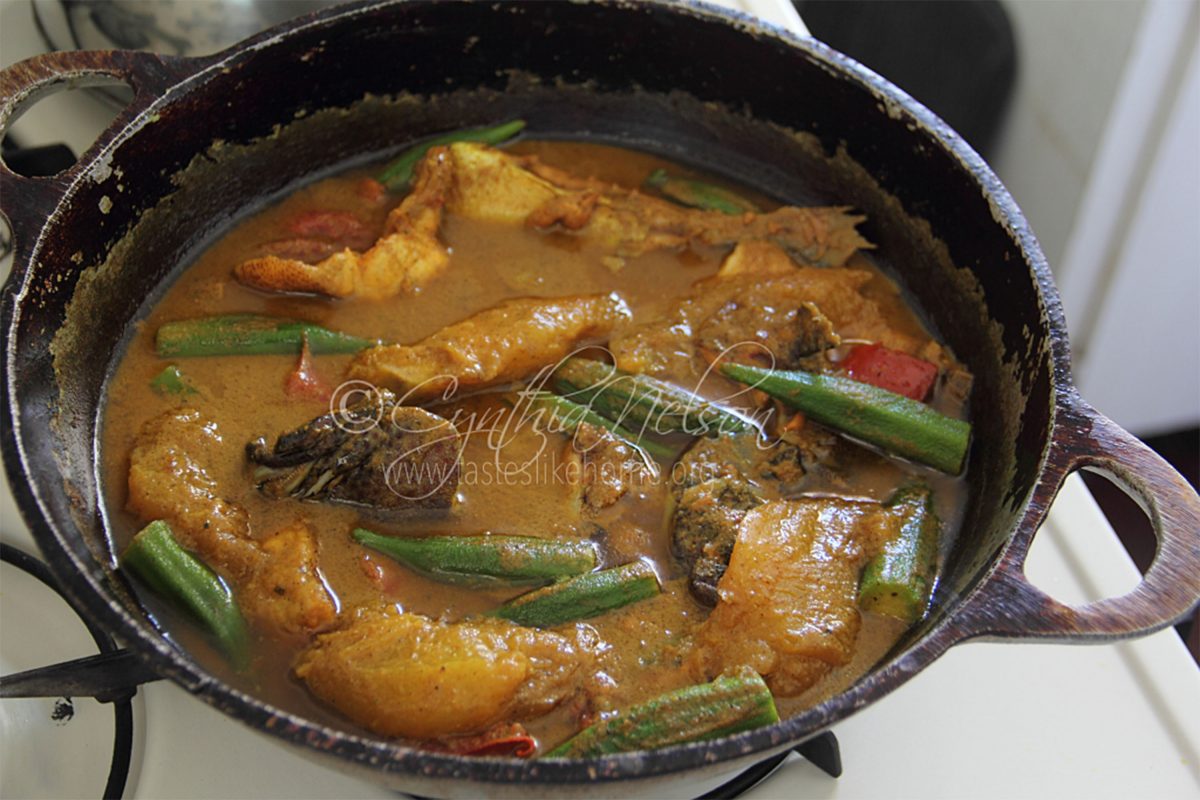 What’s Cooking is a series in which I answer questions and share advice about food and cooking that you may have but are too shy to ask, or, as in many cases, questions that you do ask.
What’s Cooking is a series in which I answer questions and share advice about food and cooking that you may have but are too shy to ask, or, as in many cases, questions that you do ask.
Question: Why when cooking some ingredients are added to the pot at the same time with cold (as in room temperature) liquid to start the cooking process and in other cases, the liquid needs to come to a boil first before other ingredients are added?
The answer (or answers) here is not as straightforward as one would think. Here’s why. We learn to cook from a variety of sources – in our homes (what we grew up seeing), friends and relatives, cookbooks, videos, trained chefs, cookery institutions and the application of our own thought processes and what we think might/would work. However, for the purpose of this column, let’s focus on what I would consider a home cook’s approach to things and what we might have picked up along the way.

Most preparations that call for the cooking process with the main ingredient to be cooked with cold/cool liquid, means that it is necessary that the ingredient cook gradually with the liquid, both heating up at the same time. For example, rice being cooked by the absorption method or potatoes being boiled to make warm or cold potato salad. Now here is another example of how things can be different with the cooking of potatoes. Some people would tell you to add the potatoes to a pot, cover with water and bring to a boil. Other recipes will tell you to add the potatoes to a pot of boiling salted water. See what I mean? Both will result in cooked potatoes but have different approaches at the onset, each resulting in different textures/finishes.
On the other hand, recipes that call for the ingredients to be added to heated or boiling liquid usually means that they want the ingredient to be par-cooked as they will finish cooking by another heated application. For example, pasta, whether being tossed in a sauce for 2 – 3 minutes to complete the dish or being tossed in a cheese sauce to bake in the oven or layered to make lasagna.
I want to further point out that certain cooking techniques will dictate the resulting yield in volume, texture and ultimately flavour. Another thing to consider here is the entire cooking process of the dish. For example, the absorption method of cooking rice to make fried rice. A measured amount of rice and cold/cool liquid are cooked together with the rice absorbing all the liquid. With this method, the rice and liquid are heated together, brought to a gentle boil and the heat reduced very low, allowing the rice to cook fully, slowly, while keeping the shape and wholesomeness of the rice intact. The shape and texture of the rice is one of the signature elements of fried rice, not just for aesthetics and taste, but the cooked grains should maintain their integrity as the lot will be cooked further over high heat when tossed and mixed with other ingredients.
Heated liquids
Generally, when cooking, apart from the obvious initial stage of the cooking process of the main ingredients, it is always a good idea to have the liquids being used to cook certain dishes heated so that you do not stop or prolong the cooking process which can result in textures that frustrate your efforts.
Tell me, has this ever happened to you – you’re cooking a stew or curry and the gravy dries down quicker than you like but the meat is not yet cooked through? Or you’ve been steaming something and the water in the pot/pan dries out before the food is done steaming? What about the dhal being too thick and you need to adjust the consistency before you chunkay/tadka? Or what about the boiling of rice that needs more water because the grains are still hard? Sounds familiar right? We’ve all been there.
When cool/cold water is added in any of the scenarios identified above, the cooking process is significantly reduced and has to restart, and during that process, it takes on more liquid as the pot waits to come back to a boil or whatever the required heating stage to finish cooking.
There are 3 cooking liquids we use regularly – water, stock, coconut milk – and here is what I recommend when it comes to heating them to be added to dishes when required for the continued cooking process:
· Water – bring to a boil.
· Stock – bring to a gentle simmer, this is the stage before boiling. The reason for not boiling the stock is that you do not want to concentrate the flavour and you want to maintain the quantity required to cook the dish you are making.
· Coconut milk – heat very hot, almost to a simmer. Do not let it boil as this can result in curds developing and oil separating.
Once the cooking liquids are heated, keep them hot on the stove with the heat turned off, or on very low heat. Do not heat the liquids long before they are needed which would result in them cooling down before being added to the pot. Heat them at least 10 minutes before you are ready to use them. Of course this time would vary depending on the quantity being heated and the level of heat used.
Cynthia
cynthia@tasteslikehome.org





